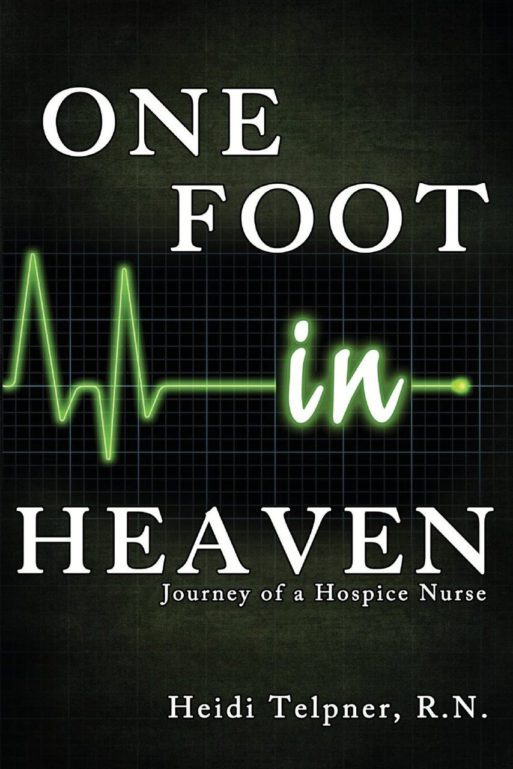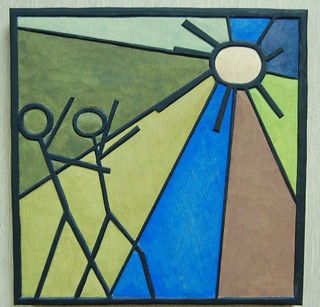 For the uninitiated, the concept of hospice may be hard to grasp. For one person it may involve involve a ward where a doctor sends a terminally ill patient at the end of his or her life. For another, it may be a philosophy held by a home-visit nurse who treats a dying patient. Whatever form hospice takes, it can be hard to understand what to expect before you or a loved one has been admitted to a hospice service. For this reason, “One Foot in Heaven”(2013) shines as an introduction to what families and individuals may experience as they begin their journey with hospice.
For the uninitiated, the concept of hospice may be hard to grasp. For one person it may involve involve a ward where a doctor sends a terminally ill patient at the end of his or her life. For another, it may be a philosophy held by a home-visit nurse who treats a dying patient. Whatever form hospice takes, it can be hard to understand what to expect before you or a loved one has been admitted to a hospice service. For this reason, “One Foot in Heaven”(2013) shines as an introduction to what families and individuals may experience as they begin their journey with hospice.
In this memoir, Heidi Telpner looks back on over 20 years of experience as a hospice nurse. She captivates the reader with stories that broadened her own perspective on death and the process of dying. Through her narrative we see low points, as she recounts tales of people clinging on to life, as well as high point, as when her connections with her client’s and their families forever change her outlook on life.
One unique assignment took her to the rougher side of town where she assisted with the death of a woman whose children were running a meth lab out of her house. She describes her fear of the shifty characters on the premises and her surprise that no one ever steals any of her patient’s pain medication. Through this story and many others we see how all walks of life react to the face of death. She tells us, “unless the circumstances are exceptional or dire, it’s not my job to judge,”(65) and through her narrative we can see how she has taken that line to heart by helping people from all dimensions of society transition into death.
Although the book is not overtly religious, spirituality plays a huge role in how Telpner processes her experiences. Many of her stories feature angels of death, out-of-body experiences and family members feeling the lingering presence of her clients after they have passed. Additionally, her observation that “You can literally see someone inhabit their body because you can watch them leave it behind,”(6) is embraced in many facets of her memoir as an affirmation in her own heart of the existence of souls.
Whether or not you believe in souls or angels, Telpner’s uncanny knack for capturing the characters of her clients makes her stories utterly relatable. In her words we encounter patients suffering from anything—from old age to brain tumor. Death is not, however, the only sure thing in these true tales. As a hospice nurse, Telpner’s one guarantee is that “Nobody is ever afraid when they die. They might be afraid before, but never when they die.” (10) In the end, regardless of how an individual experiences hospice, the final outcome of release from fear is something that we can all take solace in.
Related SevenPonds Articles:
- 10 Facts About Hospice Care You May Not Know
- What Are Hospice Services? An Interview with Amy Tucci
- Book Review: “Final Exit: The Practicalities of Self-Deliverance and Assisted Suicide for the Dying.” by Derek Humphry

 “One Foot in Heaven, Journey of a Hospice Nurse” by Heidi Telpner
“One Foot in Heaven, Journey of a Hospice Nurse” by Heidi Telpner



 “Help Me, Helen”
“Help Me, Helen”
 Recovering Cremation Remains After the Los Angeles Fires
Recovering Cremation Remains After the Los Angeles Fires
 “As Tears Go By” by Marianne Faithfull
“As Tears Go By” by Marianne Faithfull














